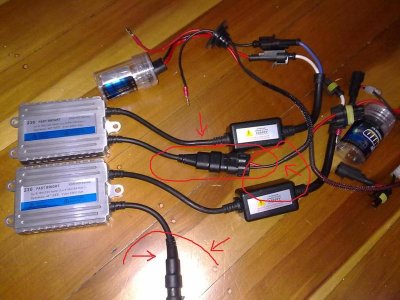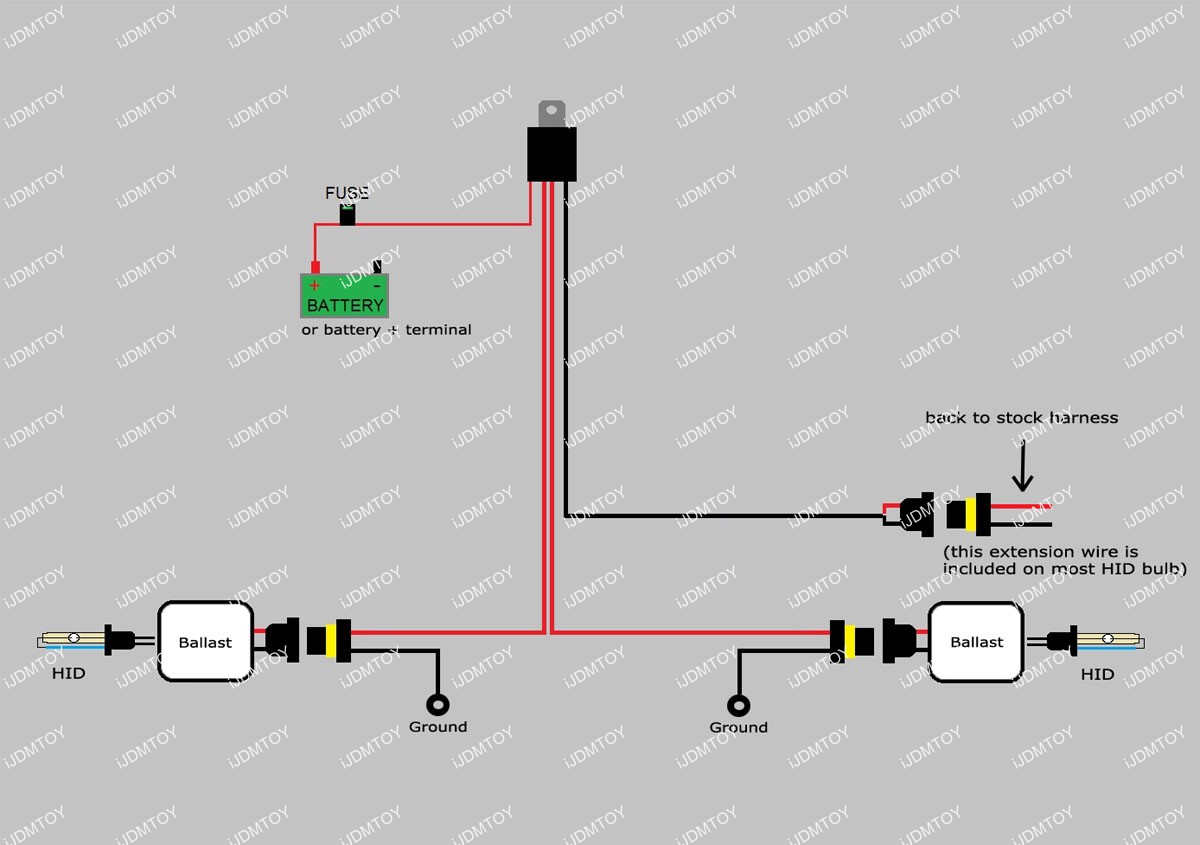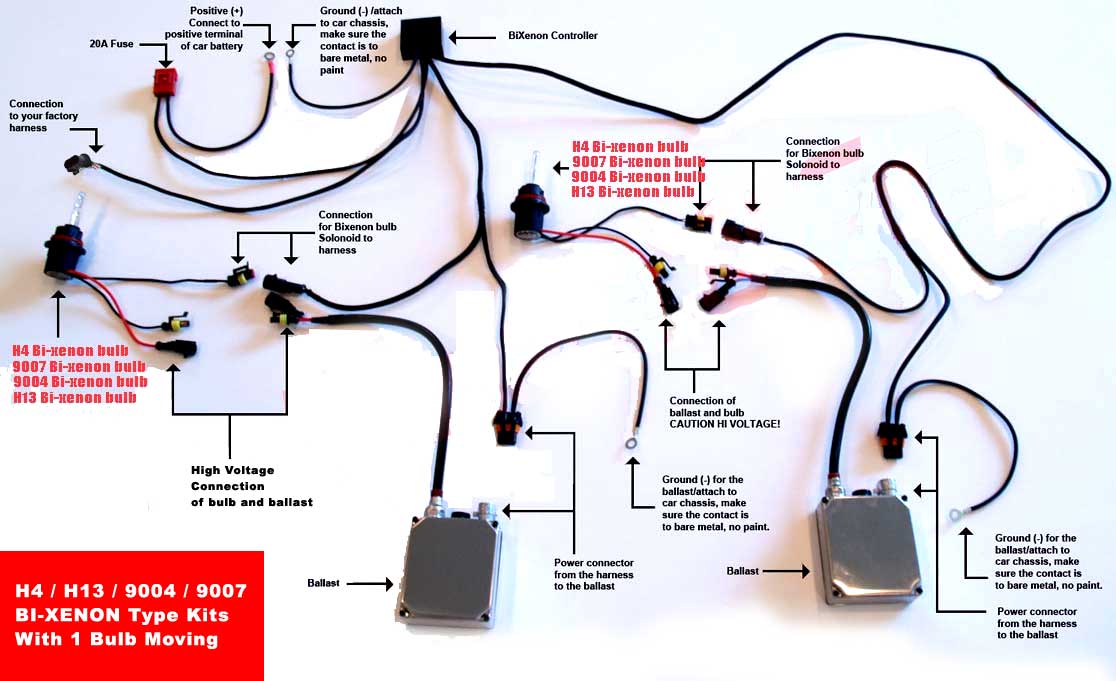hi guys
i'm really really puzzled and frustrated at the mo.... spent 2 days to do this properly and slowly, and it's not going anywhere
to start with, i bought this HID kit from our local store - it's 55W kit - Fast Start - Direct replacement for the H1 bulb (mine is JDM NSX, so both low and high are using the H1 bulbs)
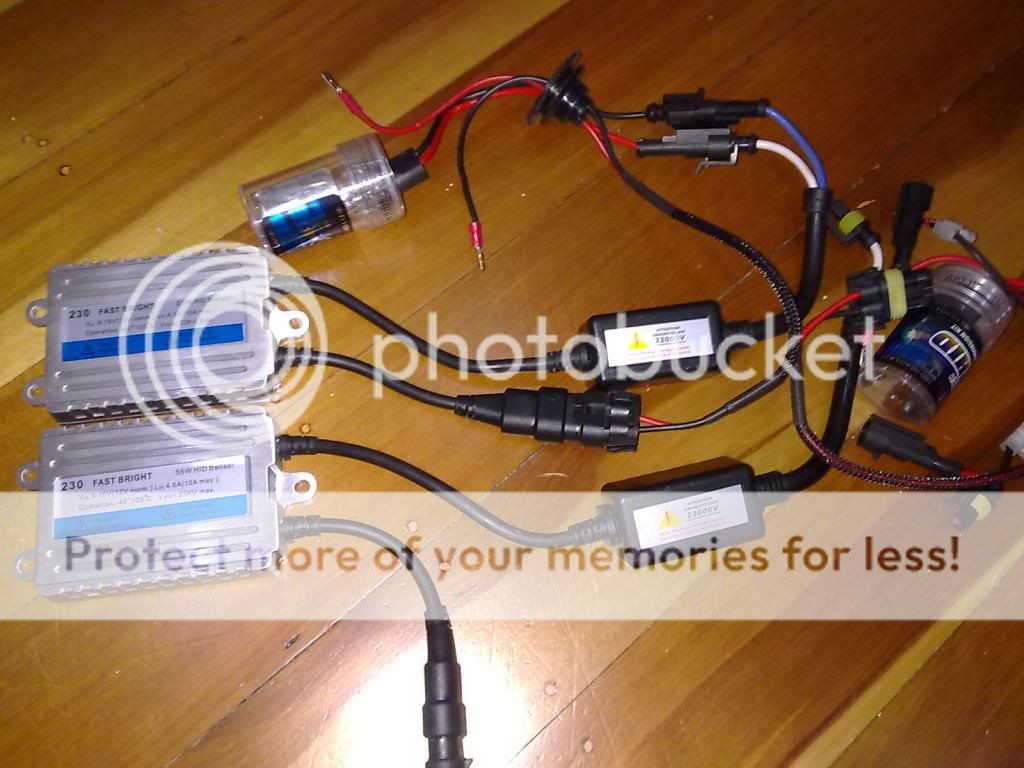
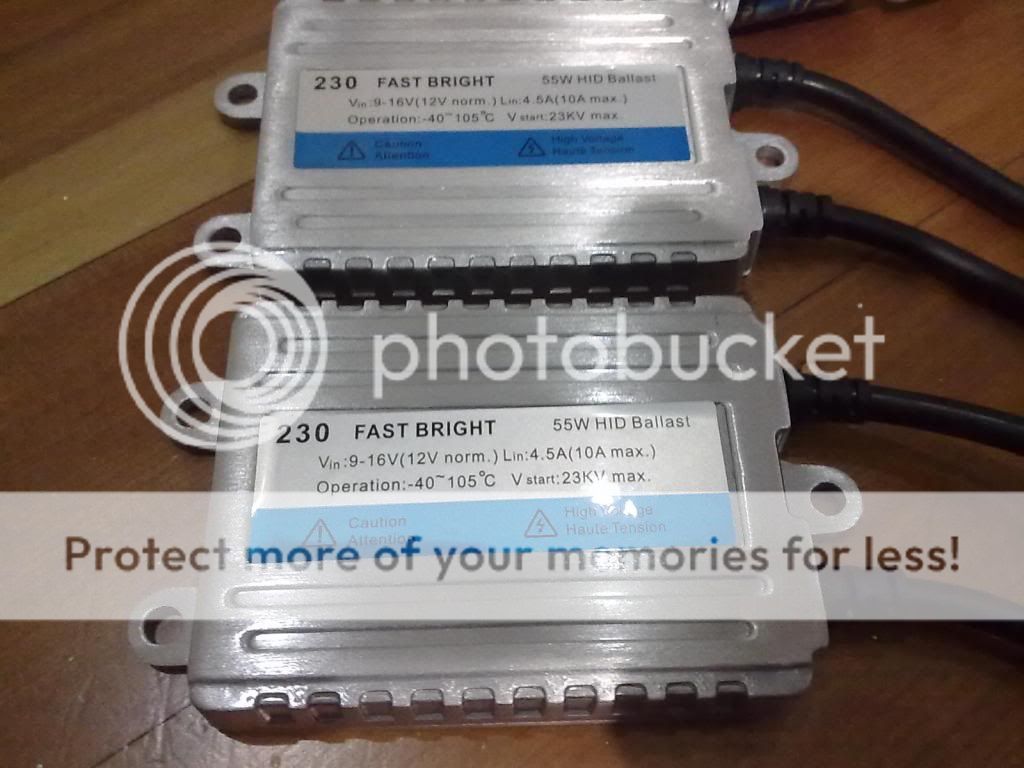
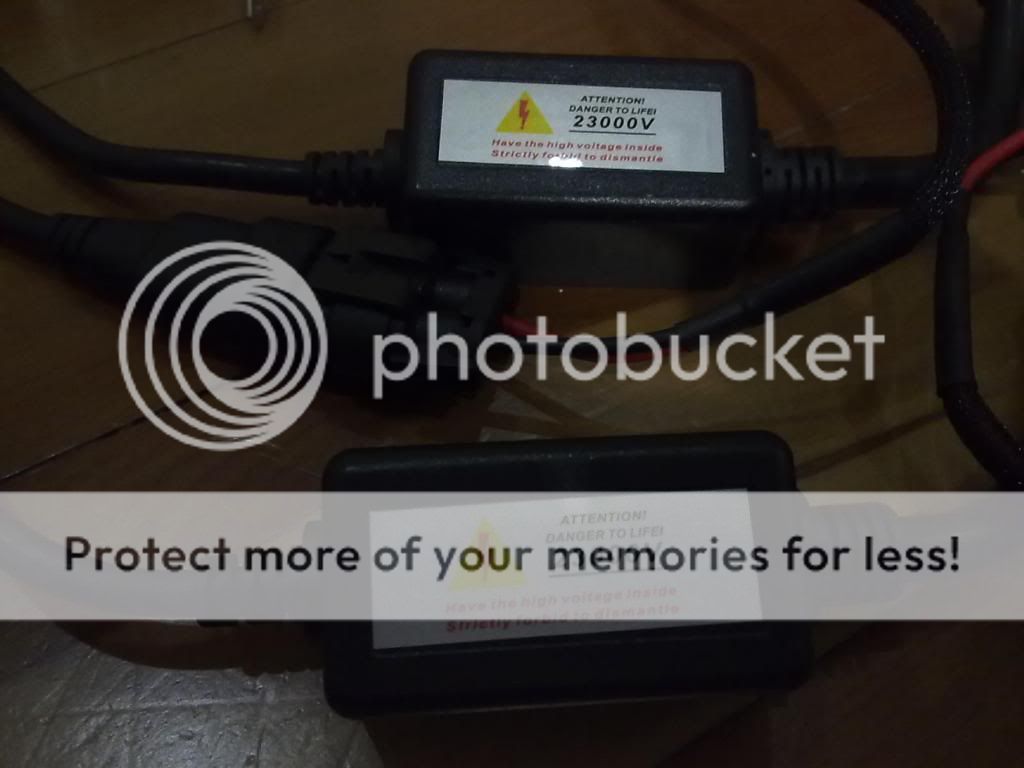
I connected them up properly - it is only 2 wires to be connected anyway, red from the ballast to go with the red which normally plugs into the bulb, and black from the ballast to go with the black which normally plugs into the bulb housing
It is a very simple install, but as soon as i finished, it is not working !! i tried the other side, same thing, doesn't work !
i connected the kit direct to the battery and it lights up straight away - so the kit itself is all good and working - it just when i plugged it into the system, it doesn't work !??!!
i searched on the forum, read carefully this thread, this one and this one too and nothing changed !
now i took out the hid kit and put everything back together with the original bulbs, i keep blowing fuses on the RHS headlight and somehow when i turned on my night light, the high beam also turned on but very dim
i am stuck now.. i really really need your help...
i really really need your help...
please.....
i'm really really puzzled and frustrated at the mo.... spent 2 days to do this properly and slowly, and it's not going anywhere
to start with, i bought this HID kit from our local store - it's 55W kit - Fast Start - Direct replacement for the H1 bulb (mine is JDM NSX, so both low and high are using the H1 bulbs)



I connected them up properly - it is only 2 wires to be connected anyway, red from the ballast to go with the red which normally plugs into the bulb, and black from the ballast to go with the black which normally plugs into the bulb housing
It is a very simple install, but as soon as i finished, it is not working !! i tried the other side, same thing, doesn't work !
i connected the kit direct to the battery and it lights up straight away - so the kit itself is all good and working - it just when i plugged it into the system, it doesn't work !??!!
i searched on the forum, read carefully this thread, this one and this one too and nothing changed !
now i took out the hid kit and put everything back together with the original bulbs, i keep blowing fuses on the RHS headlight and somehow when i turned on my night light, the high beam also turned on but very dim
i am stuck now..
please.....



